Recently, you may have heard that India has surpassed the UK and become the fifth-largest economy in the world, right? Well, that’s true, but many experts have even gone on to say that by the year 2027, we will be the third-largest global economy in the world. And of course, one of the largest contributors to that is and will be the conglomerates aka the business groups of India. Thankfully, there are dozens of them that are working day in and day out to make India one of the greatest economies in the world. If you are someone who’s here just to know a little more about these business groups, or even invest in them, then you are at the right place. Additionally, if you are preparing for a career in this dynamic field, understanding Investment Banking Interview Questions can provide a significant edge in your journey. That’s because this is a lowdown on the top 10 biggest business groups in India. So yeah, let’s get straight to the list.
Top Leading Business Groups in India
1. Reliance Industries
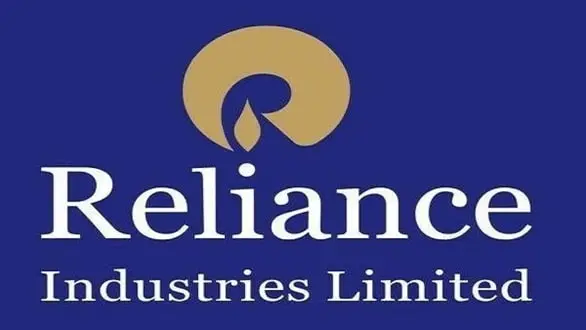
Can you believe it, Reliance Industries was started way back in 1958 by Dhirubhai Ambani as a small trading company, now it’s a giant! From spices and textiles to leading India’s industrial march, what a journey, right? The 60s and 70s were big for them, setting up a synthetic fabrics mill, and stepping into textiles with ‘Vimal’. And do you even remember their 1977 public offering? Huge success!
- Market Cap: 15.95 trillion INR
- Revenue: 9.75 lakh crores INR
- Number Of Employees: 3,89,414
And they didn’t stop there. From textiles, they dived into petrochemicals, refining, oil, gas, and even retail and telecoms lately. Each step is not just big for Reliance, but also a push for India’s economy. When the 21st century hit, Reliance Industries came up with some bold moves, like launching “Reliance Fresh” and “Jio”. Jio, especially, totally changed how we use the internet in India, affordable and everywhere!
2. Tata Group
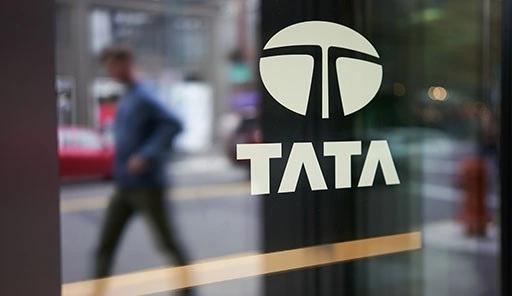
Tata Group is like a chapter from a history book, starting in 1868 by Jamsetji Tata. What a legacy! They’ve gone from a local company to a global powerhouse, touching lives in over 150 countries. Jamsetji was a man with a vision, not just in terms of business, but societal impact. He dreamt big, like a steel company, a top-notch hotel, learning institutions, and a hydroelectric plant, and he made it all happen. After he passed, his son Dorabji kept the torch burning. Tata Steel, Tata’s jump into heavy industry, and then expanding worldwide, they were on a roll.
- Market Cap: ₹25 trillion
- Revenue: INR 12 trillion
- Number Of Employees: 702,454
Come 1938, and J.R.D. Tata takes over. This was a time of serious expansion, chemicals, tech, cosmetics, you name it. Tata Airlines, now Air India, showed they were pioneers in Indian aviation too. Fast forward to the 90s, and Ratan Tata is at the helm. Now, it was all about going big, acquiring Tetley, Corus Group, and Jaguar Land Rover. Today, Tata is everywhere whether it is automotive, chemicals, defense, electronics, IT, hospitality, or telecoms.
3. Adani Group

Adani Group, founded in 1988 by Gautam Adani, is a big name in India’s business scene. It all started with a commodity trading business. Now, they’re into everything like port management, power, renewable energy, mining, airports, natural gas, food processing, infrastructure, and whatnot. And they kept expanding in coal trading, setting up Adani Wilmar, and buying mines in Indonesia and Australia. These moves weren’t just about growth; they put Adani on the global map.
- Market Cap: 2.54 trillion INR
- Revenue: ₹2.625 lakh crore
- Number Of Employees: More than 23,000+
2009 was another big year for them, stepping into power generation. By 2014, Adani Power was India’s top private power producer. And they’re big on renewable energy too, like setting up India’s largest solar power plant. Then there’s the airport business, taking over Mumbai and Navi Mumbai airports.
4. Aditya Birla Group
The Aditya Birla Group, dating back to 1857, is like a story of business vision and adaptability. It all started with Shiv Narayan Birla. Now, this group is everywhere, we are talking about the expansion to 36 countries, with a mix of businesses from jute to cement! G.D. Birla, who expanded the family business, wasn’t just about making money. He was also giving back and was close with Mahatma Gandhi.
- Market Cap: ₹46,256 Cr
- Revenue: Rs. 12,418 Cr
- Number Of Employees: 1,87,000
Fast forward, and you’ve got Aditya Vikram Birla, the grandson, making big moves at just 24. He wasn’t playing around, setting up shop in Thailand, Malaysia, and more. Under him, the group jumped into new areas like telecom and textiles. Today, Kumar Mangalam Birla is the man in charge. Since 1995, he’s pushed the group’s turnover to a whopping $60 billion in 2022. You’ve probably heard of their big names, Grasim Industries, and Hindalco Industries, to name a few.
5. Bharti Enterprises
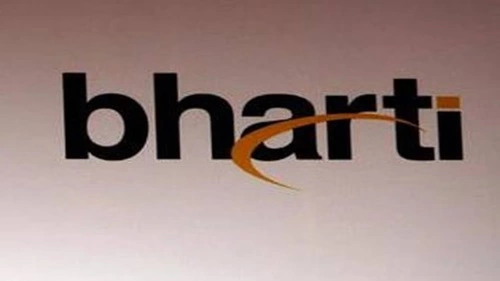
Bharti Enterprises, started in 1976 by Sunil Bharti Mittal, is a story of the humble beginnings of a multinational brand or business group. Imagine, from bicycle parts to a conglomerate in telecom, real estate, and more. Their star brand is, of course, Bharti Airtel. This telecom giant is not just big in India but has spread its wings across Asia, Africa, and Europe. They’re changing how we talk, not just in India but globally.
- Market Cap: ₹5,47,009 Cr
- Revenue: N/A
- Number Of Employees: 14,485
And Bharti’s not just about phones. They’ve got Indus Towers, a big name in telecom infrastructure. Their 2020 merger made them one of the largest in the world. On top of all that, they’re into food with Del Monte and insurance with Bharti AXA Life Insurance.
6. Mahindra Group
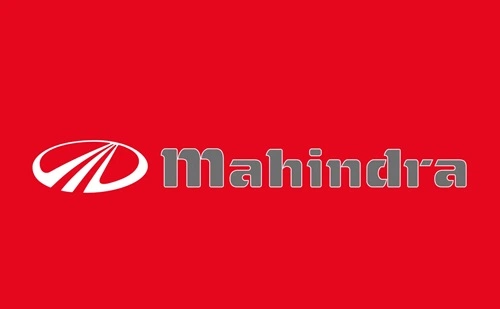
The Mahindra Group, established in 1945 by J.C. Mahindra and K.C. Mahindra, is a testament to Indian innovation. It all began in Ludhiana, Punjab, with steel trading. But after the partition, things changed. It became Mahindra & Mahindra, and they got into making Willys Jeeps. That’s where their automotive journey kicked off. By 1956, they were on the Bombay Stock Exchange, and by 1969, they started exporting.
- Market Cap: 1.85 trillion INR
- Revenue: 1.22 lakh crores INR
- Number Of Employees: 1,40,619
The group didn’t just stick to one thing instead they spread out. They got into tractors in 1982 and tech in 1986 with Tech Mahindra. In 1994, they went big, branching into six areas like Automotive, Farm Equipment, you name it. As of now, their flagship, Mahindra & Mahindra, leads in utility vehicles and tractors.
7. Bajaj Group
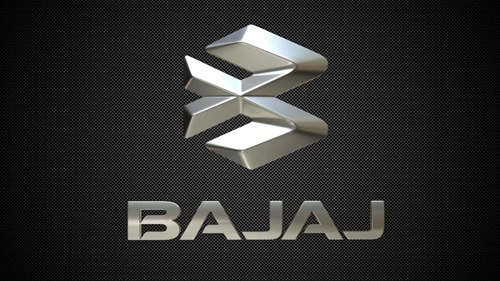
Started way back in 1926 by Jamnalal Bajaj, the Bajaj Group is like this massive Indian multinational conglomerate. As of now, this business group is in every sector of the country, from Bajaj Auto, which is the world’s fourth-largest for two- and three-wheelers, to over 40 other companies. So, Kamalnayan Bajaj, Jamnalal’s elder son, is the guy who really kicked things up a notch after his studies at the University of Cambridge. We’re talking scooters, cement, you name it.
- Market Cap: N/A
- Revenue: ₹23,280 crore
- Number Of Employees: 36,000+
Then, in 1954, he took the reins. After Kamalnayan passed away in 1972, his brother, Ramkrishna, and later, grandson Rahul (Harvard grad, by the way) kept the ball rolling.
8. L&T Group
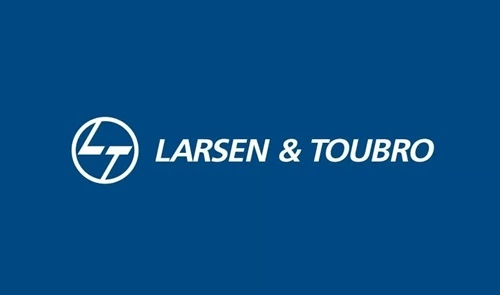
Alright, so L&T, short for Larsen & Toubro, has been around since 1938. It’s this huge Indian multinational conglomerate, started by two Danish engineers in Bombay. They kicked off with dairy equipment, then World War II hit, and bam, they’re doing all sorts of things. By 1946, they’re full-blown into construction.
- Market Cap: 4.21 trillion INR
- Revenue: 1.57 trillion Indian rupees
- Number Of Employees: 2,45,677
They grew like crazy and even collaborated with Caterpillar in 1947. Fast forward, and L&T is like a giant with interests in construction, tech, IT, and financial services, working in over 30 countries. They’ve got a bunch of subsidiaries, and joint ventures, and they’re into solar energy too.
9. JSW Group
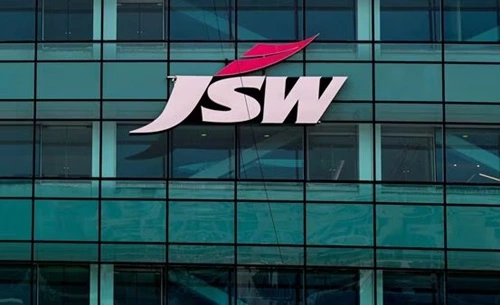
Founded in 1982 by Sajjan Jindal, it all started with a re-rolling mill in Tarapur. They named it Jindal Iron and Steel Company (JISCO) and quickly moved into steelmaking. By 1994, they had their first steel plant up and running in Vasind. They didn’t stop there, no sir! They ventured into energy and infrastructure too. JSW Energy came up in 1994, focusing on power generation, and JSW Infrastructure followed in 1999.
- Market Cap: 1.88 trillion INR
- Revenue: 133,259 Cr
- Number Of Employees: 55,000+
Then came the cement business, spreading across India and even the UAE. From ₹93 crore in 1993 to a whopping ₹180,000 crore by 2023, that’s some serious growth! And during COVID-19, they were right there, setting up a 1,000-bed hospital in Ballari and repurposing their Jindal Sanjeevani Hospital for COVID treatment.
10. Vedanta Group
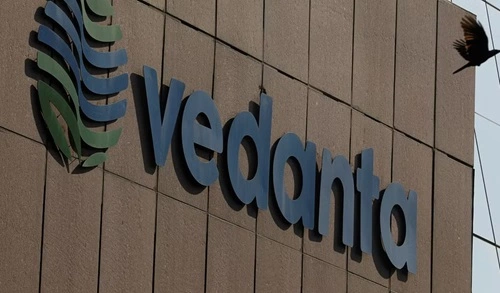
Finally, at number 10, we have Vedanta Resources. This one’s a tale of rags to riches, starting as a small scrap metal business in Mumbai in 1976. They’re in zinc, lead, silver, copper, iron ore, steel, aluminum, and power, basically, if it’s a resource, they’re into it. In 2003, they hit the London Stock Exchange, a first for an Indian company.
- Market Cap: 894.03 billion INR
- Revenue: 1.5 lakh crores INR
- Number Of Employees: 20,447
But by 2018, they went private again, looking for more flexibility. Vedanta’s story isn’t just about growth though, it’s about smart acquisitions and expansions, like taking over Cairn India and merging Sterlite Industries with Sesa Goa Iron Ore.
Conclusion
That should be more than enough. Now you have a pretty good understanding of why India is emerging as a big power on a global stage. It is all because of the combined efforts of these big business groups in India.
Anantha Nageswaran is the chief editor and writer at TheBusinessBlaze.com. He specialises in business, finance, insurance, loan investment topics. With a strong background in business-finance and a passion for demystifying complex concepts, Anantha brings a unique perspective to his writing.


